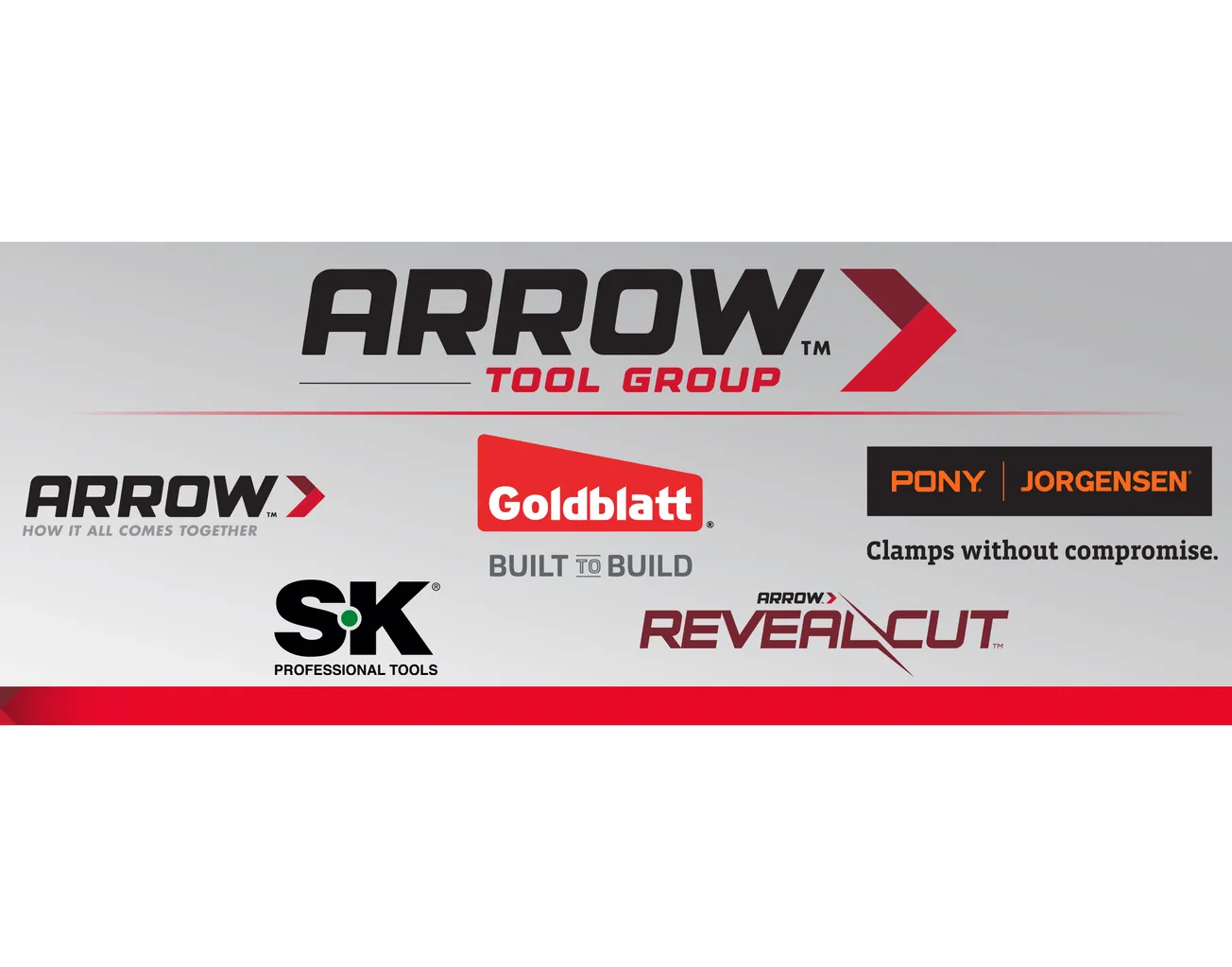Table of Contents
Everyone says your business should be on social media, so you made an account. But now what? Maybe you’re seeing a lot of funny dog videos or photos of your friends’ children and it doesn’t make sense yet why this is an important business tool.
Or, perhaps you’re observing other leaders make connections online while you struggle to gain traction with the industry. If this is you, know you are not alone and that there are tangible steps you can take to reach your professional goals on social media.
Before we start building those skills, let’s lay the foundation. The importance of social media goes beyond “everyone’s doing it” to now include data. According to a Smart Insights report, 65% of people are more loyal to and 30% more likely to recommend a brand they’ve had positive engagement with on social media. Additionally, the “Employee Advocacy Impact Study” conducted by the Marketing Advisory Network found that leads generated through employee social media convert seven times higher than other leads.
We’re seeing the benefits at Huber Engineered Woods, too. For example, on Instagram, @huberwood has recently earned more than 10k followers. In that growing audience, we get to see and share many of the beautiful custom home projects our product goes into from the field. Our employees are active from their personal accounts—liking, commenting, cheering on, and answering questions for our clients in real time. Over the past few years, clients posting their projects on Instagram and YouTube has even led to other builders unfamiliar with Huber products to try us out. We’re proud to have become part of this smart, engaged community of industry pros who are always looking to push the envelope in craftsmanship and building science.
Here we’ll discuss where to start with your company’s social media presence through three key steps for becoming part of the conversation with this increasingly important tool. Are you ready to find your tribe and sharpen your online brand?
- Define your purpose. This may sound ambiguous at first, but it is rooted in common sense. If you want to build your brand as a leader in the building industry, you wouldn’t want to spend the bulk of your time following, commenting and posting about boating. For any communications effort, whether you’re representing a brand or yourself, you should know your audience, what you offer and why it matters.
An easy way to clarify your purpose is by writing out a positioning statement. Start by asking yourself the following about your company:
- Who are your customers? (e.g., custom builders, manufacturers, merchants)
- What do they care about? (e.g., their sales, customer retention, product news and reviews)
- How do you help them? (e.g., vet and demonstrate why products are trusted, offer incentives, train employees)
Then, write it out: [YOUR NAME] [HOW YOU HELP] for [YOUR PEOPLE] so they can [WHAT THEY CARE ABOUT].
- Ex. 1: Johnny leads cost-benefit analysis for purchasing agents, so they can cost-effectively upgrade building envelopes.
- Ex. 2: Dolly provides onsite training for contractors, so they can reduce scheduling delays and rework from improper installation.
- Ex. 3: Hank encourages building professionals to consider new construction practices and products, so they can stand out in their market.
- Have a plan. First, remember your positioning statement. What do you want to offer and who do you want to connect with? Start following accounts and hashtags relevant to your mission. Then, figure out which platforms work best for your business. If you find your audience on Instagram and rarely have interactions on Twitter, go ahead and drop Twitter from your plan. If you find more people in your region use LinkedIn, perhaps plan to focus your time there. Consider where you’re getting the most return on the investment of your time and where you feel you’re offering the most back, and then pursue it.
- Be consistent. If you follow other companies or influencers on social media, you’ll notice they have a reliable way of communicating with their audience from the amount of posting to the personality they convey. They don’t post once and then disappear for two months. More typically, they’re posting a few times per week, if not daily. They’re also likely using a reliable style, tone of voice and word choices.
When defining your company’s personality, it is important to not overthink it. If the business has a casual tone in real life, embrace that for your online brand rather than trying to force a version of “professional,” which may backfire and come across as stiff or inauthentic. But, of course, don’t forget your positioning statement and goals in the process. For example, it may be true that you believe someone’s opinion is stupid but commenting that publicly on social media could be received as mean-spirited or alienating to your people.
The number one unofficial guideline in marketing is “Know your audience.” So always be putting yourself in the shoes of the person on the other end of your communications. Ask yourself, “Is this meaningful and beneficial to them?” By doing that, you can start creating a strategic and effective social media plan that may eventually see tangible sales results. And in the process, you may also find it’s a fun way to connect with your industry and grow your business as well.









